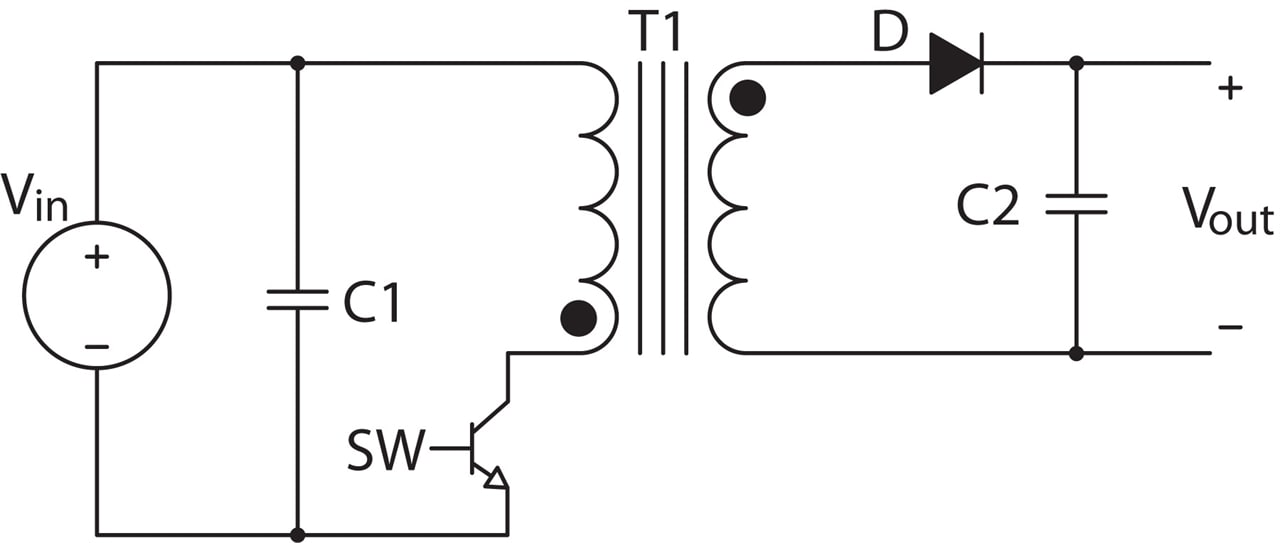CheckerHater
Mechanical
- Sep 22, 2009
- 2,889
For all the ISO - lovers out there I introduce new beating horse - The Invocation Principle.
According to 2011 edition of ISO 8015 which is now regarded as "fundamental GPS standard",
"Once a portion of the ISO GPS system is invoked in a mechanical engineering product documentation, the entire ISO GPS system is invoked, unless otherwise indicated on the documentation".
From now on "The most common way to invoke the ISO GPS system is to use one or more GPS specifications in a drawing".
The opinions on the matter are split really wide.
Some believe that any self-respecting company already has either ISO or ANSI/ASME specified in the title block or tolerance note, so the new rule will not change their way of doing business even a tiny bit.
The others are afraid, that as soon you make simple sketch on the piece of wrapping paper and scribe something that looks like GD&T symbol that "coincidentally" looks the same in both systems, the ISO will immediately take over your sketch (all the 5 5-inch binders will apply).
I am sure Eng-Tips' Dimensioning and tolerancing community will have some strong opinions, but still hope an agreement can be reached.
According to 2011 edition of ISO 8015 which is now regarded as "fundamental GPS standard",
"Once a portion of the ISO GPS system is invoked in a mechanical engineering product documentation, the entire ISO GPS system is invoked, unless otherwise indicated on the documentation".
From now on "The most common way to invoke the ISO GPS system is to use one or more GPS specifications in a drawing".
The opinions on the matter are split really wide.
Some believe that any self-respecting company already has either ISO or ANSI/ASME specified in the title block or tolerance note, so the new rule will not change their way of doing business even a tiny bit.
The others are afraid, that as soon you make simple sketch on the piece of wrapping paper and scribe something that looks like GD&T symbol that "coincidentally" looks the same in both systems, the ISO will immediately take over your sketch (all the 5 5-inch binders will apply).
I am sure Eng-Tips' Dimensioning and tolerancing community will have some strong opinions, but still hope an agreement can be reached.





![[2thumbsup] [2thumbsup] [2thumbsup]](/data/assets/smilies/2thumbsup.gif)